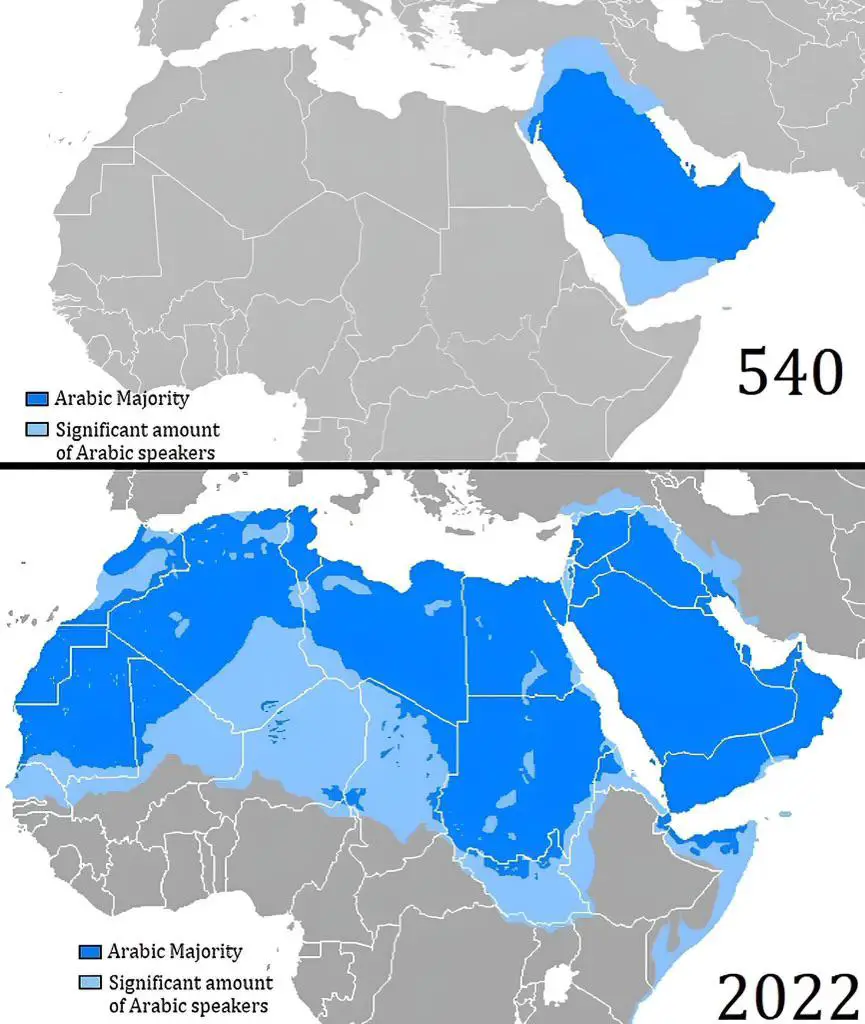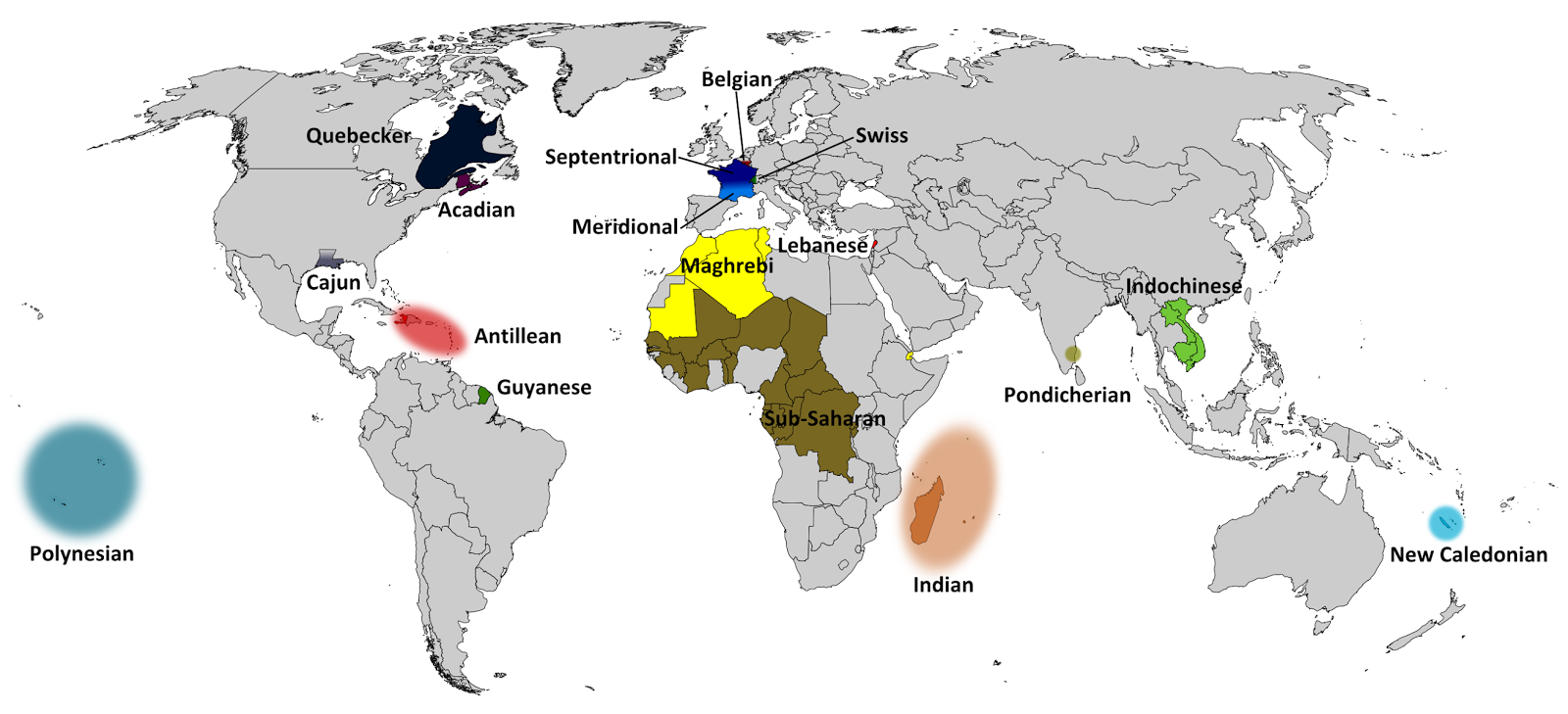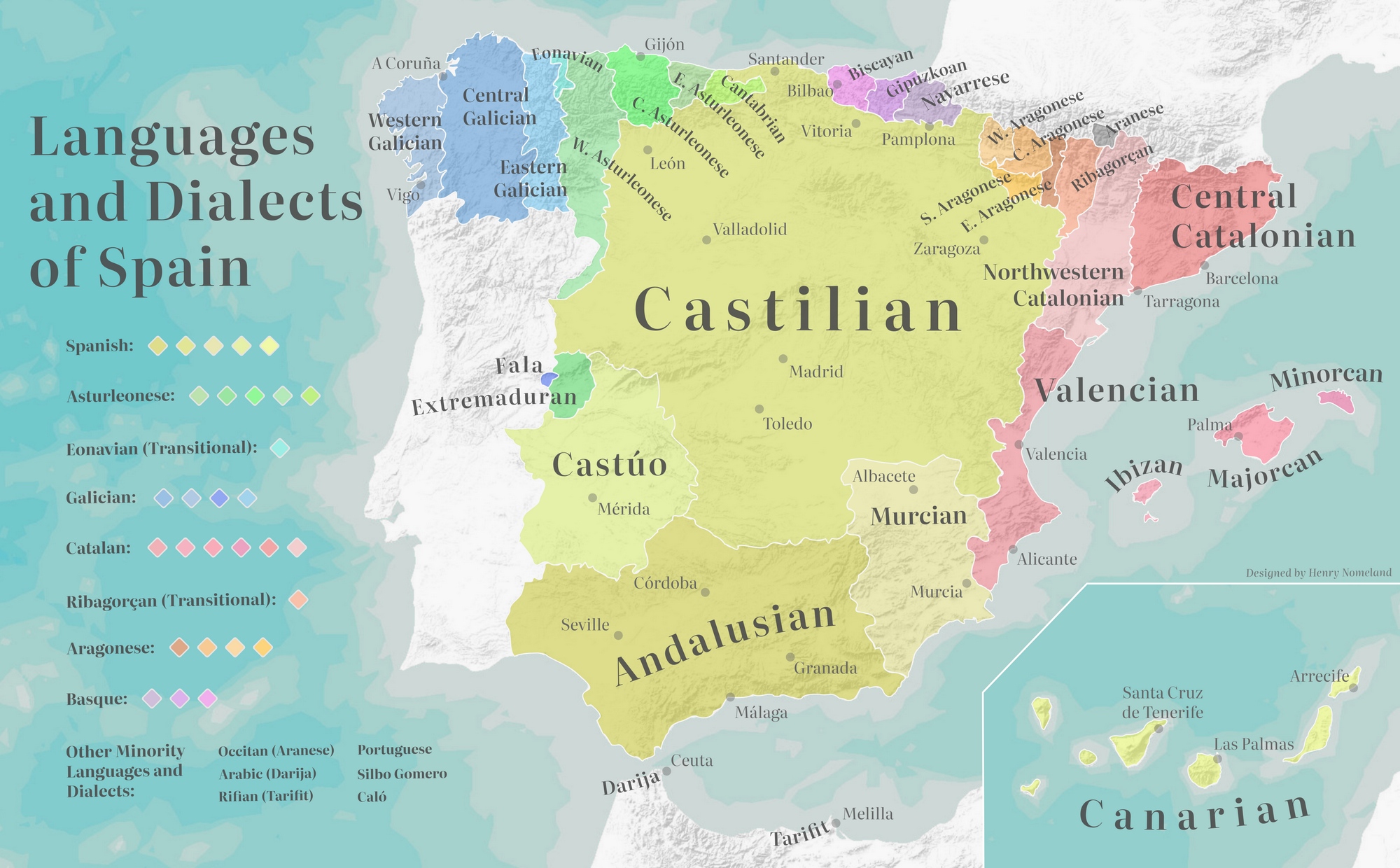Current Semitic Languages in the World Mapped
Semitic languages represent a significant and historically rich language family with deep roots in the Middle East and beyond. The Semitic language family includes a diverse group of languages, some of which are spoken by millions of people worldwide. While the Semitic family is often associated with the Middle East, its influence has extended far beyond this region.
The Semitic language family is known for its ancient history, with some of its earliest forms dating back thousands of years. One of the most well-known Semitic languages is Arabic, which is spoken by millions of people across the Arab world and is the liturgical language of Islam. Arabic has had a profound influence on literature, science, and culture, both historically and in the contemporary world.
Hebrew is another prominent Semitic language, and it holds significant religious and cultural importance for Jewish communities. It was revived as a spoken language in the late 19th and early 20th centuries, becoming the official language of Israel.
Aramaic, once a dominant language in the ancient Near East, is still spoken in some communities and has historical and religious significance, particularly in Christian traditions. Syriac, a dialect of Aramaic, is used liturgically by several Christian denominations.
Other Semitic languages include Amharic in Ethiopia, Tigrinya in Eritrea, and Ge’ez, which has religious importance in Ethiopian Christianity. In addition to these, there are smaller Semitic languages and dialects spoken in various parts of the Middle East and North Africa.
The map below illustrates the current distribution of Semitic languages.

Semitic languages have left an indelible mark on the history and culture of the regions where they are spoken. They have also contributed to the development of writing systems, including the Phoenician alphabet, which served as the basis for many other writing systems, including the Greek and Latin scripts.
While many Semitic languages continue to thrive today, some face challenges, such as language endangerment or displacement due to cultural, political, or social factors. Despite these challenges, the rich heritage of Semitic languages endures, with a legacy that spans millennia and continues to shape the linguistic and cultural landscape of the Middle East and beyond.
Learning a foreign language? These books will help you become fluent:








